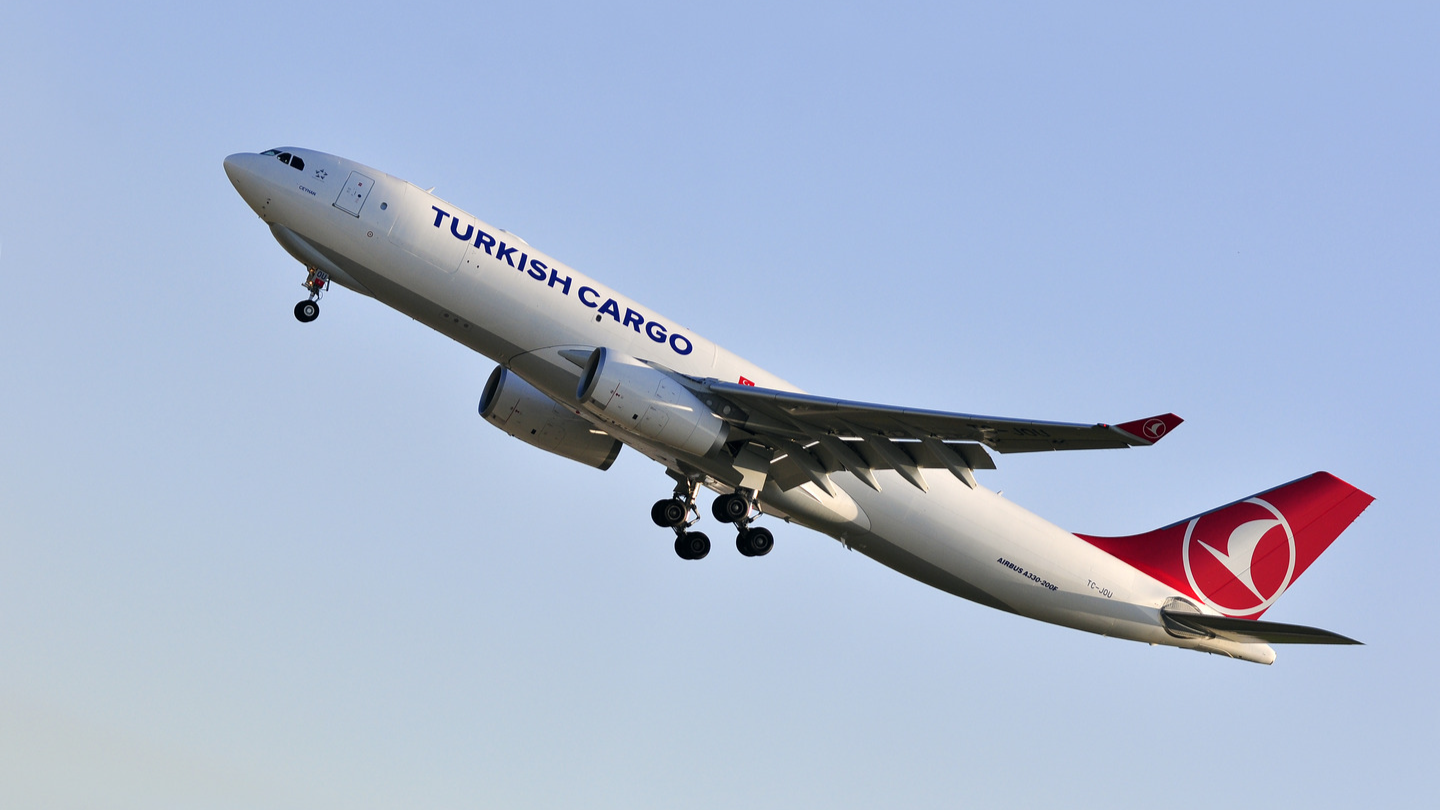
Turkish Airlines’ cargo branch has celebrated becoming the third biggest air cargo carrier in the world, according to data published by the International Air Transport Association (IATA).
The airline moved up in the rankings in IATA’s monthly report for the air cargo market in May 2023 after increasing its cargo tonnage by 17% compared to April.
Professor Dr Ahmet Bolat, chairman of the board and the executive committee, said: “We, as Turkish Cargo, are continuing to reinforce our leading position in the industry in line with our target to grow and improve continuously.
“We recognise these achievements as a commitment to our future targets and work harder to add further value to the air cargo industry.”
The IATA ranking is based on the freight tonne kilometres metric, which is derived by multiplying the cargo tonnage carried by air by the kilometres covered. Turkish Cargo also raised its market share from 4.7% to 5.4% during the month.
Despite Turkish Cargo’s success, the overall IATA market analysis showed that demand remained weak for the month, which was down 5.2% on May 2022 due to constraints on supply chains and a slowing global economy.
How well do you really know your competitors?
Access the most comprehensive Company Profiles on the market, powered by GlobalData. Save hours of research. Gain competitive edge.

Thank you!
Your download email will arrive shortly
Not ready to buy yet? Download a free sample
We are confident about the unique quality of our Company Profiles. However, we want you to make the most beneficial decision for your business, so we offer a free sample that you can download by submitting the below form
By GlobalDataAdditionally, North American and European cargo carriers continued to experience softening demand due to the high inflation rates in the regions, likely part of the reason that Turkish Cargo was able to expand its market share.
However, despite the lower year-on-year demand, the annual decline in cargo tonne-kilometres across the industry slowed overall to 9% year-to-date (YTD) in May, much lower compared to the 16.8% YTD decline seen in January 2023.



